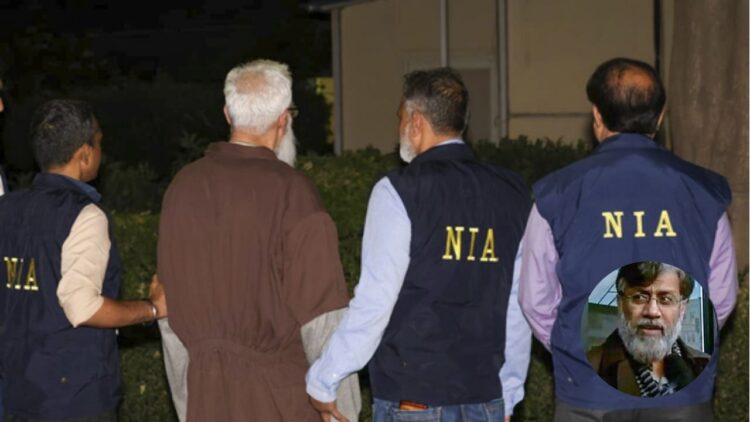Tahawwur Hussain Rana, a Pakistan-born Canadian national accused of playing a pivotal role in the 2008 Mumbai terror attacks, has been extradited to India by the United States. Following his arrival on April 10, he was arrested by the National Investigation Agency (NIA) and produced before a special NIA court, which sent him to 18 days of NIA custody.
Rana’s extradition marks the end of a lengthy legal battle in the United States. His final appeal to the US Supreme Court in March 2025—where he raised concerns of torture due to his Muslim identity and cited serious medical issues including an advanced cardiac aneurysm and Parkinson’s disease—was dismissed. The court affirmed India’s request, ruling that the charges against him were distinct from those he had previously faced in the US.
Born in Chichawatni, Pakistan, on January 12, 1961, Rana served as a military physician before moving to Canada in 1997. He became a Canadian citizen in 2001. His name emerged during investigations into the Mumbai attacks due to his close links with David Coleman Headley, a Lashkar-e-Taiba (LeT) operative who conducted reconnaissance missions for the attacks. Both men are believed to have attended terror training camps run by the LeT in Pakistan.
The 26/11 Mumbai terror attacks, carried out by ten LeT terrorists, began on November 26, 2008. The coordinated strikes targeted prominent locations including CST railway station, Taj Mahal Palace Hotel, Oberoi Trident, Cama Hospital, and the Nariman House Jewish center. The siege lasted nearly 60 hours, killing 166 people and injuring more than 230.
Rana was earlier convicted in 2011 by a US court for providing material support to LeT and plotting an attack on a Danish newspaper, though that plan was never executed. Despite serving over a decade in a US prison, India sought his extradition specifically for his role in the Mumbai attacks.
The NIA has presented strong evidence, including email communications between Rana and Headley, to argue for his custodial interrogation. Investigators believe Rana was not only aware of the 26/11 plan but was actively involved in facilitating the conspiracy. According to the NIA, Headley had shared operational details with Rana ahead of his India visit, even informing him of the involvement of terror commanders like Ilyas Kashmiri and Abdur Rehman.
Rana is accused of conspiring with David Coleman Headley, operatives of Lashkar-e-Taiba (LeT), and Harkat-ul-Jihadi Islami (HUJI)—both of which are designated terrorist organizations under India’s Unlawful Activities (Prevention) Act (UAPA), 1967—to execute one of the deadliest terror attacks on Indian soil.
With Rana now in Indian custody, authorities aim to unravel more details of the international conspiracy behind 26/11 and bring all responsible parties to justice.

















Comments